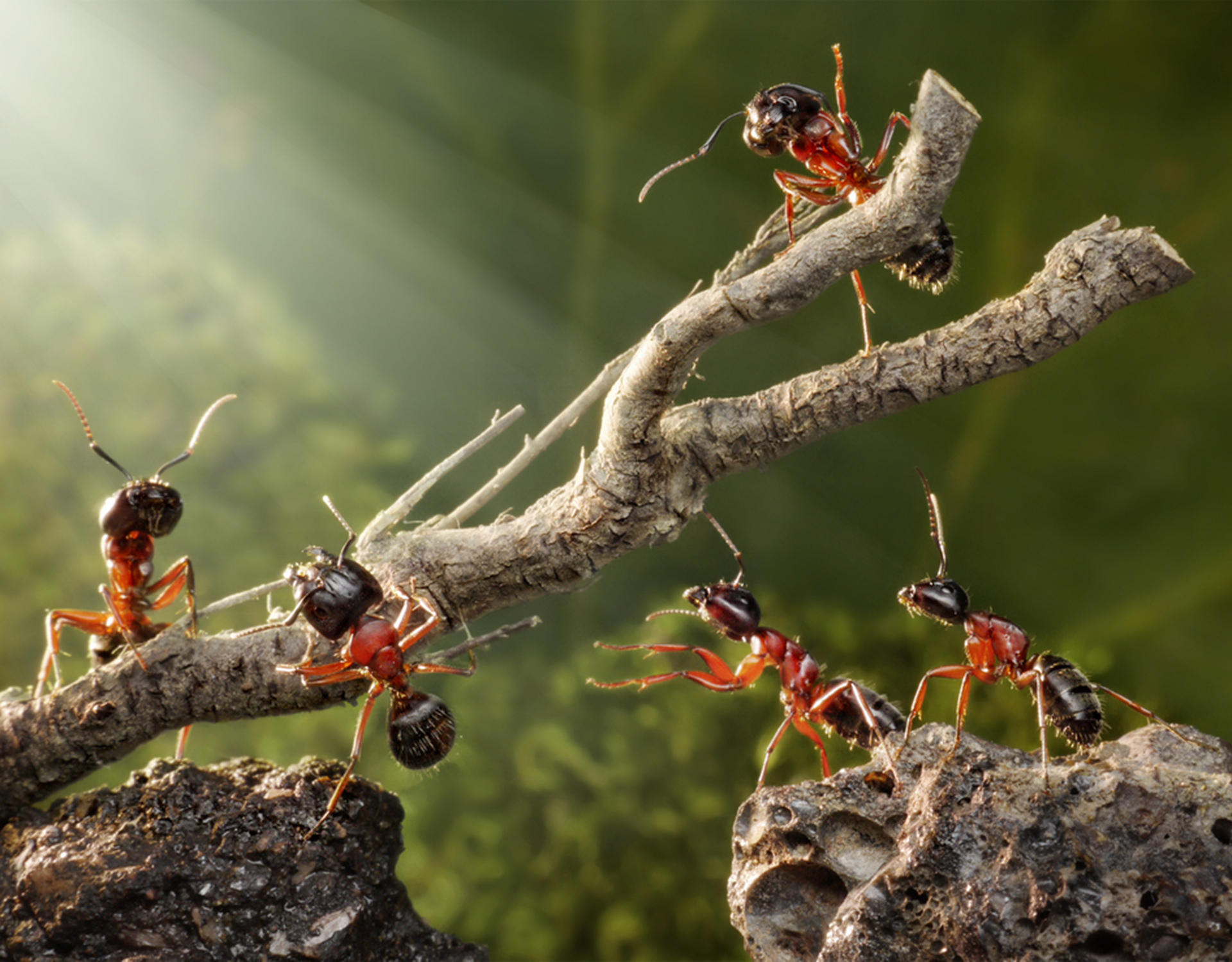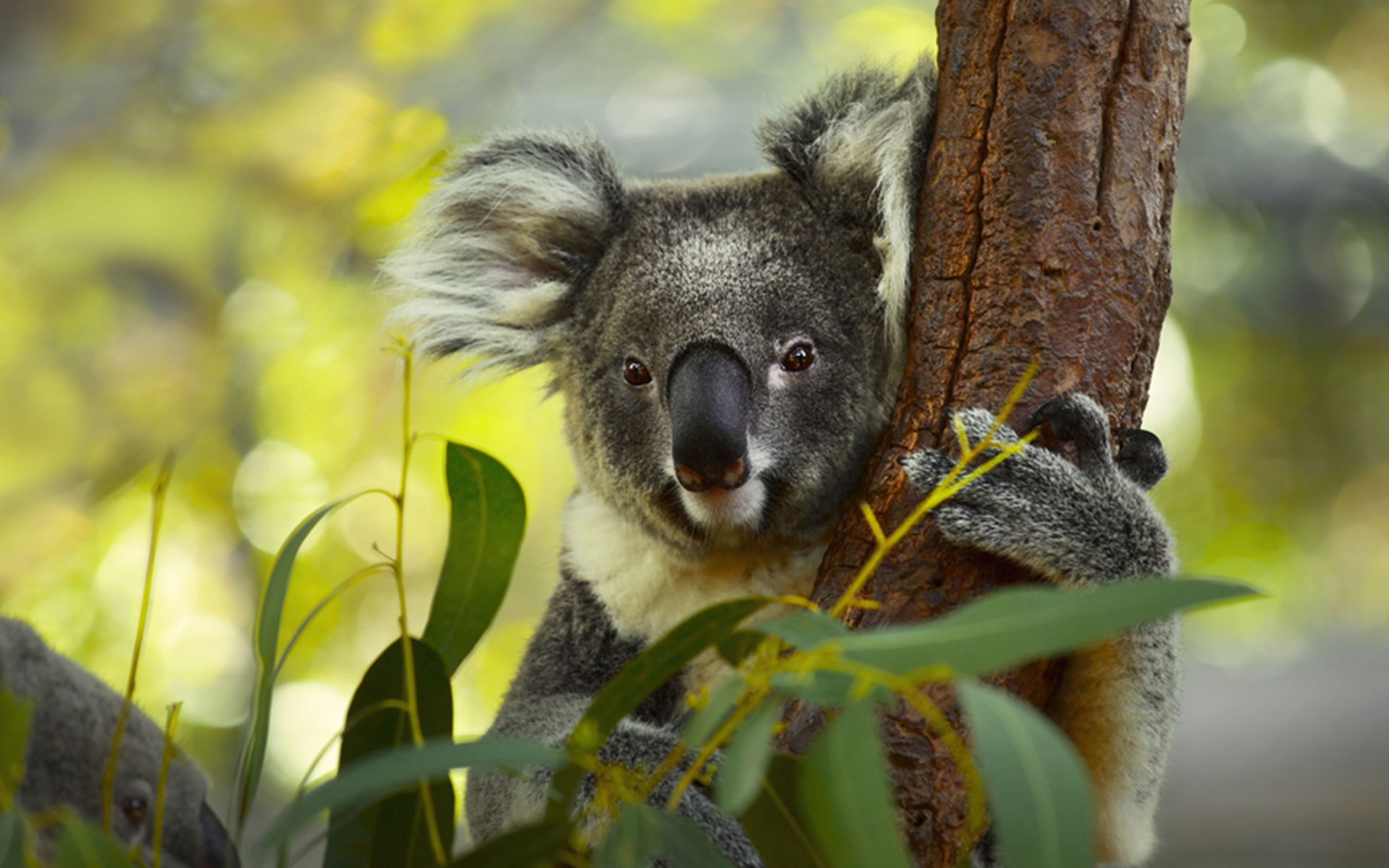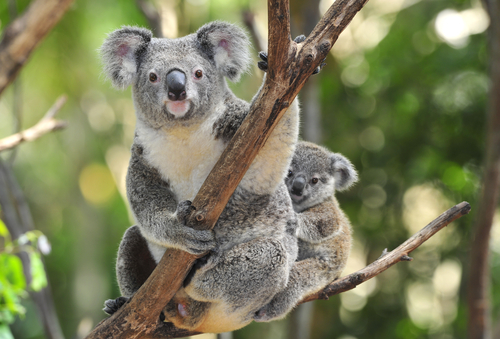Do ants sleep? All we know about little creatures and sleep
You probably already know this about us by now, but we’re mad about our sleep.
As an Aussie brand loved for our mattresses, it makes sense that we care about other humans. But what about ants? Do ants sleep? And what about snails? How long do snails sleep for?
At Koala, we care about our planet’s critters the same way we care about our koalas (cuddly tree huggers and otherwise). So whether it’s a leggy spider up in the corner of the bedroom, a giant bee out on the verandah or that housefly that’s overstayed its welcome, we want every critter, big and small, to be catching those glorious ZZZs.
Your critter sleep questions answered
Okay, so little critters are everywhere. But have you ever thought about how they rest? Have you ever imagined an ant curling up in its nest, tilting its head to the side and getting ready to dream? No? Well, buckle up. Because we’re about to take you down a rabbit hole (or should we say ant hole).
Do ants sleep?
They sure do. And just like us, the amount of sleep they need varies.
Queen fire ants fall into relatively long, deep sleeps and kip for an average of nine hours every day. The busy worker ants, on the other hand, get their rest by taking hundreds of short power naps.
Do snails sleep?
Certain snails can sleep for up to three years. Strewth! And we thought we loved to sleep.
Snails need moisture to survive, and if they don’t get enough, it’s been reported that they can fall into hibernation.
We’ll be honest — it’s nice to know we’re not the only ones that struggle with the change of seasons.
Do flies sleep?
Yes, even flies need a little shut-eye. They tend to find a sheltered sleeping spot, under leaves or twigs, away from things that might eat them and out of the wind or rain.
After a busy day of prospecting, flies tend to get tired around sunset, which means you’ll be less likely to see them once the sun goes down.
Do spiders sleep?
You would think with all those eyes and legs that a spider would need heaps of sleep. But here’s the thing: they don’t technically sleep. (Yeah, that’s probably not what you wanted to hear.)
They have daily cycles of activity and rest, where they’re most active at night when there’s less chance of them becoming a tasty snack for a hungry bird. And fun fact: spiders can’t actually close their eyes because they don’t have eyelids. Yeah, you probably didn’t wanna hear that either.
Do bees sleep?
They do, indeed. Honeybees sleep between five and eight hours, mostly at night when there’s less going on. They sleep with their wings resting against their bodies, and some like to hold each other’s legs while sleeping. That’s pretty darn cute.
There’s even research that shows some types of bees like to sleep in groups. We’re not saying that bees just got more interesting, but they kinda just got more interesting. Did someone say slumber party?

Koalas and sleep — they get a lot of it
We don’t like to play favourites when it comes to the cute and cuddly, but when the conversation turns to sleep, it’s hard not to mention our cute (but fun fact: not so cuddly) friend the koala. They also happen to be endangered animals, so their sleep habits are all the more fascinating to us.
Koalas sleep for up to 20 hours a day. The lucky buggers! They do this to conserve energy, as it takes quite a lot to digest eucalyptus leaves that are both low in nutrients and high in toxins. When they’re ready to settle in for their slumber, they find a comfy spot in the fork of a tree branch, park their bums right in and use their strong arms and long claws to hold on while they snooze the day away. Get us a strong pair of grippers, and we’re there!
But apart from critters and koalas, how do other creatures take their sleep? In another article, we take a deep dive into the sleep styles of water animals, where we answer questions about fish and how they sleep. We also share some of the funny sleeping habits of our favourite underwater friends.
Kreature Komforts
At Koala we’ve made it our mission to do what we can to protect the planet, and that includes taking care of our mates — whether they’re in the air, on the ground, under the soil or swimming free in the water.
We’re a proud B-Corp, which means that while we’re busy making mattresses and furniture that people usually rave about (humility — our best quality, we know), we’re also focused on sticking to the highest social and environmental standards.
We continue to support WWF Australia by direct donations to aid them in the work they do to help koalas, green sea turtles and Glossy Black-Cockatoos.
Snug as a bug
Have you tried a Koala mattress yet? With our snuggly sheets, cuddly duvets, plush pillows and so much more, you’ll be as snug as a bug in a rug when bedtime rolls around — if that’s what you prefer.
Our 120-night, risk-free trial means you can take any of our products for a spin. And if, for any reason, they don’t work for you, we’ll arrange a product refund.
You may not be able to sleep as efficiently as a worker ant or for three years like a snail, but with Koala, you’ll be able to sleep easy. Granted, it’s not as dreamy as a 20-hour kip, but we’ll take it.



